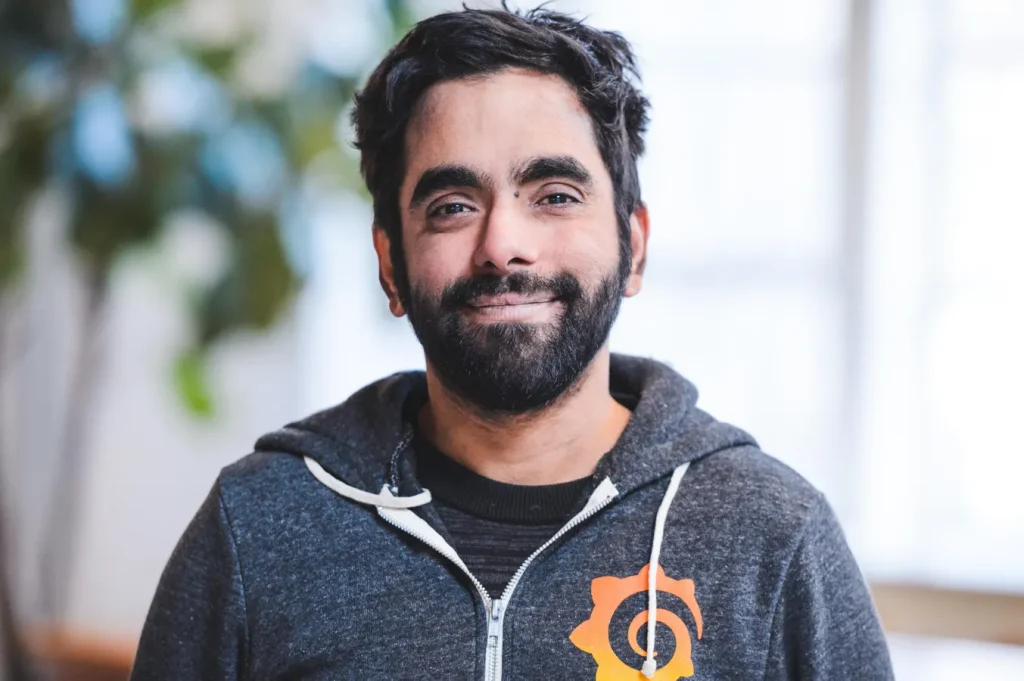Grafana Labs: The Invisible Hero Behind Tech Giants’ Security Systems
In the rapidly evolving tech landscape where AI development has become the focal point of innovation, an unsung hero works quietly in the background, ensuring these complex systems remain secure and efficient. Grafana Labs, a relatively small startup valued at $6 billion, has become the go-to observability platform for tech giants like Nvidia—the $4.4 trillion GPU manufacturer powering the AI revolution. Grafana’s dashboard technology allows companies to monitor their entire operation ecosystem for threats, suspicious activities, and performance issues in real-time. This critical service has attracted an impressive roster of clients beyond Nvidia, including Uber, Anthropic, and Adobe, all of whom rely on Grafana’s tools to maintain visibility across their expansive digital infrastructures.
The company recently announced it has reached $400 million in annualized revenue, a significant milestone driven largely by the growth of Grafana Cloud. This cloud-based solution allows customers to utilize the platform’s capabilities without the burden of managing their own servers or storage infrastructure. CEO Raj Dutt explains that the need for sophisticated observability services has exploded in the AI era, particularly as generative AI models increasingly write code themselves. “Software today is starting to look more like a living organism,” Dutt noted in an interview with Forbes. “It’s being built and shipped faster than ever—sometimes sloppily. That makes it critical to understand how your app is performing in production.” As AI-assisted development accelerates, tracking what’s happening under the hood, when changes occur, and who’s responsible has become exponentially more challenging.
Alongside this revenue announcement, Grafana completed a tender offer of up to $150 million, enabling new and existing investors to purchase shares from employees and early backers. The transaction was spearheaded by the Ontario Teachers’ Pension Plan, with participation from Sapphire Ventures and Tiger Global, as well as continued support from established investors like Lightspeed Venture Partners, Sequoia, and CapitalG (Alphabet’s growth-stage venture arm). While Grafana declined to disclose an updated valuation following this transaction, CapitalG partner Mo Jomaa emphasized the critical nature of observability tools in today’s tech stack. He described Grafana’s services as the most “mission critical” expenditure for any company’s chief information officer, given that system failures can effectively shut down entire businesses: “When these things go down, so does your entire business.”
Looking forward, Grafana is preparing to release an AI assistant next month that will revolutionize how users interact with their systems. This language model-powered tool will enable users to investigate issues, build dashboards, and streamline onboarding through natural conversation. However, the company has also faced challenges along its growth journey. In July, cybersecurity researchers identified a vulnerability in Grafana’s software that could potentially allow attackers to redirect users to malicious websites. The company responded promptly with security patches to address the issue. Joe McManus, Grafana’s chief information security officer, assured users that “These issues were responsibly reported through our bug bounty program and quickly triaged, fixed, and released under our coordinated disclosure policy,” demonstrating the company’s commitment to security and transparency.
The origins of Grafana Labs trace back to 2014 when engineers Raj Dutt, Torkel Ödegaard, and Anthony Woods launched it as an open source project. Their vision was to create a platform that would allow users to monitor and visualize their data regardless of where it was stored. As the project gained traction and popularity within the tech community, the founders transformed it into a full-fledged company while maintaining their commitment to open source principles. Today, Grafana continues to offer open source tools for storage and backend log aggregation alongside its commercial offerings. The company’s impact extends far beyond Silicon Valley’s tech giants—NASA has utilized Grafana to track spacecraft launches, and the Tour de France has employed the platform to display real-time race data to viewers worldwide. This broad applicability helped Grafana secure the 13th position on Forbes’ Cloud 100 list of top private cloud computing companies this year, climbing ten spots from its previous ranking.
As artificial intelligence continues to reshape the technology landscape at an unprecedented pace, Dutt argues that the need for robust monitoring systems will only intensify. The increasing complexity of modern software ecosystems, combined with the black-box nature of many AI implementations, makes visibility into system performance and security more crucial than ever before. “It’s more important than ever at this moment in time,” Dutt emphasized, highlighting Grafana’s pivotal role in the AI-driven future. As companies rush to implement AI solutions across their operations, Grafana’s observability platform stands as an essential safeguard, ensuring that the invisible infrastructure powering our digital world remains transparent to those who need to maintain it. In an era where technology evolves faster than our ability to comprehend its implications, Grafana provides the clarity needed to navigate safely through uncharted digital territories.


